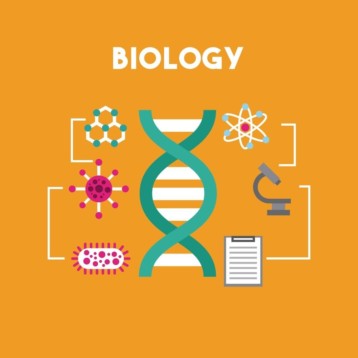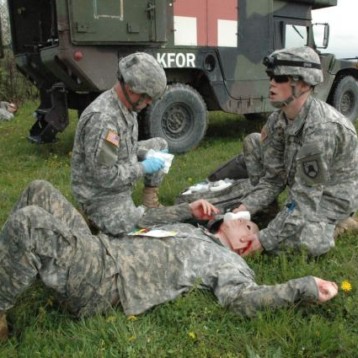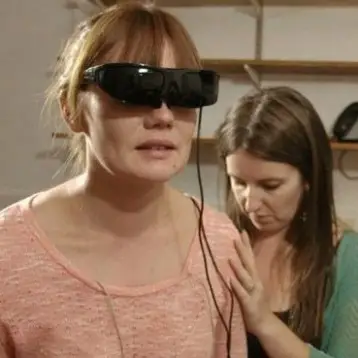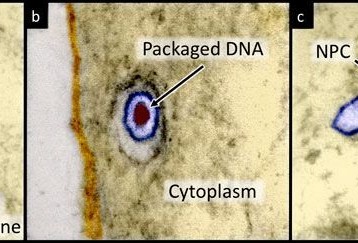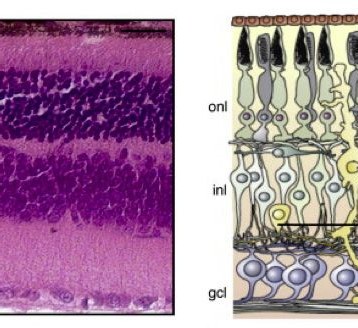|
Messenger RNA is normally used to carry instructions from the DNA to a cell’s protein production mechanisms. By using this standard communication method for gene delivery, researchers believe they can reduce or eliminate the problems seen when using a virus delivery system. However, repeated use of the new method could trigger an immune response resulting in cell death.
Graduate student Matthew Angel of the electrical engineering department and Associate Professor of Electrical and Biological Engineering Mehmet Fatih Yanik experimented with lowering the immune response to permit repeated application of genetic material through RNA delivery. Multiple delivery of genes via RNA is essential for this new method to succeed. To achieve this lowered immune state, the researchers studied Hepatitis C and other diseases that naturally lower cell immunity. They were able to identify several proteins essential to the immune process and use short interfering RNA to limit their production.
Angel and Yanik have not yet successfully transformed human skin cells into other types of cells, but they showed that it is possible to do so using their process. They successfully introduced both the messenger RNA and short interfering RNA treatments to skin cells once every two days for a week, but did not continue their treatments long enough to actually reprogram any cells. Once further along, their research could lead to the natural regrowth of insulin cells to help diabetics or other treatments for serious disease.
TFOT previously reported on other RNA research including the way RNA helps encode memories into the brain by producing a specific protein that locks in a memory that activated a synapse, the role of RNA in the prevention of cellular death (determined by observing the effect of introduced artificial transfer RNA), and the use of microRNA to fight viruses in much the same way viruses attack the immune system.
Read more about using messenger RNA to reprogram human skin cells and the process used to suppress the cellular immune system in this paper (PDF) published in the PLOS One online journal.





